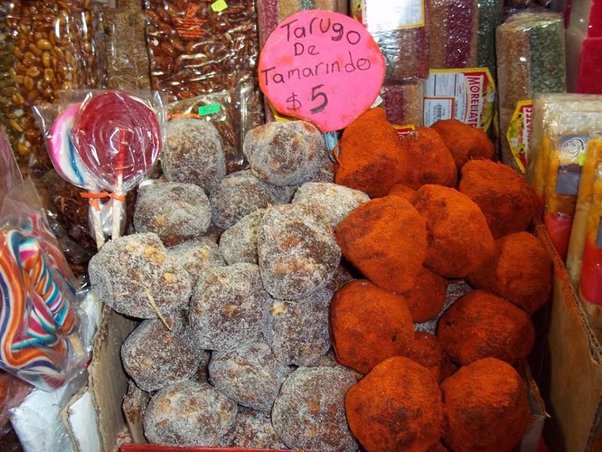Duvalin candy holds a special place in the hearts of candy enthusiasts and confectionery lovers around the world. Originating from Mexico, this unique treat has captivated taste buds with its creamy texture, rich flavors, and colorful packaging. In this article, we delve into the history, ingredients, flavors, and cultural significance of Duvalin candy, exploring why it continues to be a beloved indulgence for people of all ages.
Origins and History
Duvalin candy was first introduced in Mexico in the 1950s by the company Ricolino, which is renowned for its innovative confectionery creations. The candy was named after the daughter of the company’s founder, Miguel Salinas Pliego, whose nickname was Duvalin. Since its inception, Duvalin has become a staple treat in Mexican households and a popular export to various countries, earning a reputation for its distinct taste and creamy texture.
Ingredients and Manufacturing Process
Duvalin candy typically consists of two layers: a creamy paste made from milk, sugar, and vegetable oils, and a flavored spread on top. The creamy layer resembles a combination of frosting and condensed milk, providing a smooth and indulgent base. The top layer comes in a variety of flavors such as strawberry, hazelnut, vanilla, chocolate, and more, adding a burst of flavor to each bite.
The manufacturing process involves blending the ingredients to achieve the desired consistency for both layers, which are then carefully packaged in small plastic containers or tubes. This packaging not only preserves the freshness of the candy but also enhances its appeal as a convenient and portable snack.
Flavors and Varieties
Duvalin candy is celebrated for its diverse flavor options, catering to a wide range of preferences:
- Chocolate: A classic flavor that combines rich cocoa with the creamy base, reminiscent of chocolate frosting.
- Strawberry: Delivers a sweet and fruity taste, often with a vibrant pink color that appeals to children and adults alike.
- Hazelnut: Offers a nutty and indulgent flavor profile, similar to hazelnut spreads but with a creamy texture unique to Duvalin.
- Vanilla: Provides a comforting and familiar taste, balancing the sweetness of the creamy base with a subtle vanilla essence.
These flavors are often combined in variety packs, allowing consumers to enjoy different tastes in a single purchase. The vibrant and colorful packaging adds to the appeal, making Duvalin candy a visually enticing treat.
Cultural Significance and Popularity
In Mexican culture, Duvalin candy is not just a sweet indulgence but also holds nostalgic value for many. It is commonly enjoyed during celebrations, parties, and family gatherings, evoking fond memories of childhood and shared moments. The candy’s popularity has extended beyond Mexico, gaining a loyal following in other Latin American countries and even reaching markets in the United States and Europe through specialty import stores.
Modern Appeal and Market Presence
Despite being introduced decades ago, Duvalin candy continues to thrive in the confectionery market due to its unique taste, creamy texture, and distinctive packaging. It appeals to a diverse audience, from children who are drawn to its colorful appearance and sweet flavors, to adults who appreciate its nostalgic charm and indulgent quality.
Conclusion
Duvalin candy stands as a testament to the enduring appeal of Mexican confectionery, blending rich flavors with a creamy texture in a format that is both nostalgic and innovative. Whether enjoyed as a treat for oneself or shared with loved ones, Duvalin candy embodies the joy of indulgence and the cultural richness of Mexico’s culinary heritage. Its popularity spans generations and borders, making it a beloved icon of sweet delights worldwide.
Experience the delight of Duvalin candy—a taste of Mexico that brings joy and indulgence with every creamy, flavorful bite.
